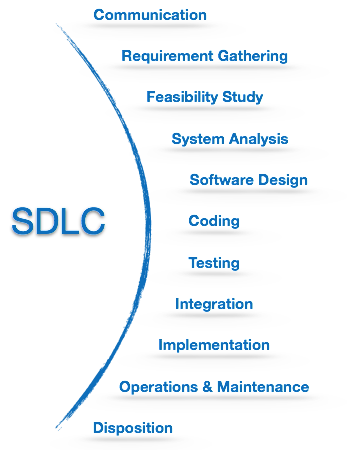Dear readers, these
Java Interview Questions have been
designed especially to get you acquainted with the nature of questions
you may encounter during your interview for the subject of
Java Programming Language.
As per my experience, good interviewers hardly planned to ask any
particular question during your interview, normally questions start with
some basic concept of the subject and later they continue based on
further discussion and what you answer:
Q: What do you know about Java?
A: Java is a high-level programming language originally
developed by Sun Microsystems and released in 1995. Java runs on a
variety of platforms, such as Windows, Mac OS, and the various versions
of UNIX.
Q: What are the supported platforms by Java Programming Language?
A: Java runs on a variety of platforms, such as Windows, Mac
OS, and the various versions of UNIX/Linux like HP-Unix, Sun Solaris,
Redhat Linux, Ubuntu, CentOS, etc.
Q: List any five features of Java?
A: Some features include Object Oriented, Platform Independent, Robust, Interpreted, Multi-threaded
Q: Why is Java Architectural Neutral?
A: It’s compiler generates an architecture-neutral object file
format, which makes the compiled code to be executable on many
processors, with the presence of Java runtime system.
Q: How Java enabled High Performance?
A: Java uses Just-In-Time compiler to enable high performance.
Just-In-Time compiler is a program that turns Java bytecode, which is a
program that contains instructions that must be interpreted into
instructions that can be sent directly to the processor.
Q: Why Java is considered dynamic?
A: It is designed to adapt to an evolving environment. Java
programs can carry extensive amount of run-time information that can be
used to verify and resolve accesses to objects on run-time.
Q: What is Java Virtual Machine and how it is considered in context of Java’s platform independent feature?
A: When Java is compiled, it is not compiled into platform
specific machine, rather into platform independent byte code. This byte
code is distributed over the web and interpreted by virtual Machine
(JVM) on whichever platform it is being run.
Q: List two Java IDE’s?
A: Netbeans, Eclipse, etc.
Q: List some Java keywords(unlike C, C++ keywords)?
A: Some Java keywords are import, super, finally, etc.
Q: What do you mean by Object?
A: Object is a runtime entity and it’s state is stored in
fields and behavior is shown via methods. Methods operate on an object's
internal state and serve as the primary mechanism for object-to-object
communication.
Q: Define class?
A: A class is a blue print from which individual objects are
created. A class can contain fields and methods to describe the behavior
of an object.

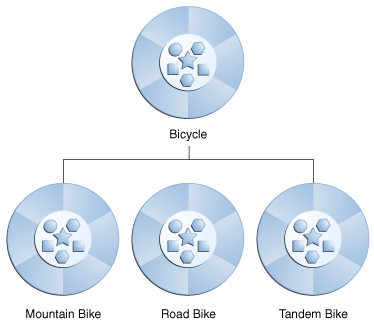
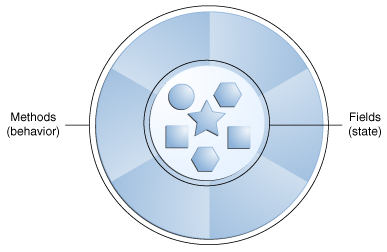
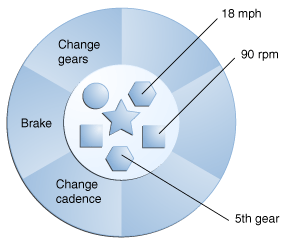

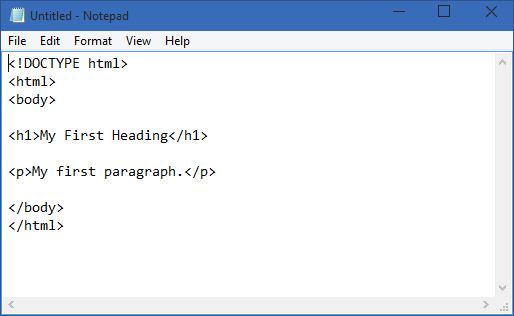
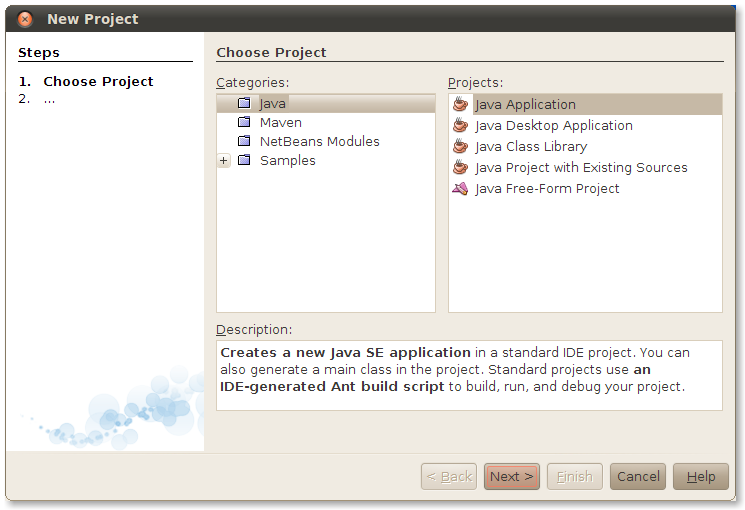

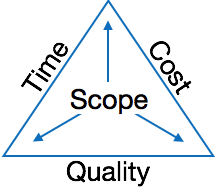
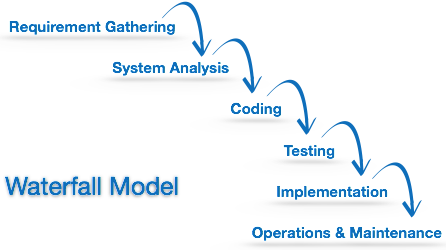 This model assumes that everything is carried out and taken place
perfectly as planned in the previous stage and there is no need to think
about the past issues that may arise in the next phase. This model does
not work smoothly if there are some issues left at the previous step.
The sequential nature of model does not allow us go back and undo or
redo our actions.
This model assumes that everything is carried out and taken place
perfectly as planned in the previous stage and there is no need to think
about the past issues that may arise in the next phase. This model does
not work smoothly if there are some issues left at the previous step.
The sequential nature of model does not allow us go back and undo or
redo our actions.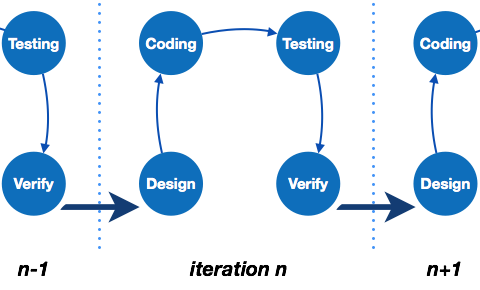 The software is first developed on very small scale and all the steps
are followed which are taken into consideration. Then, on every next
iteration, more features and modules are designed, coded, tested and
added to the software. Every cycle produces a software, which is
complete in itself and has more features and capabilities than that of
the previous one.
The software is first developed on very small scale and all the steps
are followed which are taken into consideration. Then, on every next
iteration, more features and modules are designed, coded, tested and
added to the software. Every cycle produces a software, which is
complete in itself and has more features and capabilities than that of
the previous one.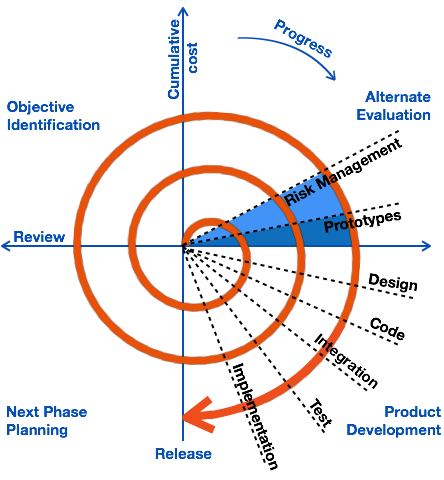 This model considers risk, which often goes un-noticed by most other
models. The model starts with determining objectives and constraints of
the software at the start of one iteration. Next phase is of prototyping
the software. This includes risk analysis. Then one standard SDLC model
is used to build the software. In the fourth phase of the plan of next
iteration is prepared.
This model considers risk, which often goes un-noticed by most other
models. The model starts with determining objectives and constraints of
the software at the start of one iteration. Next phase is of prototyping
the software. This includes risk analysis. Then one standard SDLC model
is used to build the software. In the fourth phase of the plan of next
iteration is prepared.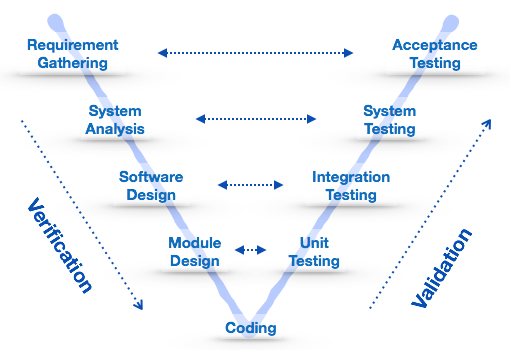 At every stage, test plans and test cases are created to verify and
validate the product according to the requirement of that stage. For
example, in requirement gathering stage the test team prepares all the
test cases in correspondence to the requirements. Later, when the
product is developed and is ready for testing, test cases of this stage
verify the software against its validity towards requirements at this
stage.
At every stage, test plans and test cases are created to verify and
validate the product according to the requirement of that stage. For
example, in requirement gathering stage the test team prepares all the
test cases in correspondence to the requirements. Later, when the
product is developed and is ready for testing, test cases of this stage
verify the software against its validity towards requirements at this
stage.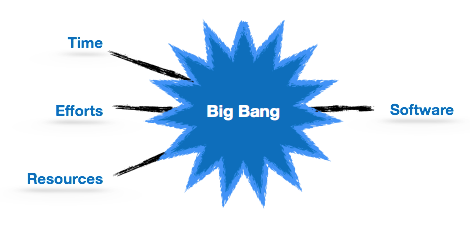 For this model, very small amount of planning is required. It does
not follow any process, or at times the customer is not sure about the
requirements and future needs. So the input requirements are arbitrary.
For this model, very small amount of planning is required. It does
not follow any process, or at times the customer is not sure about the
requirements and future needs. So the input requirements are arbitrary.